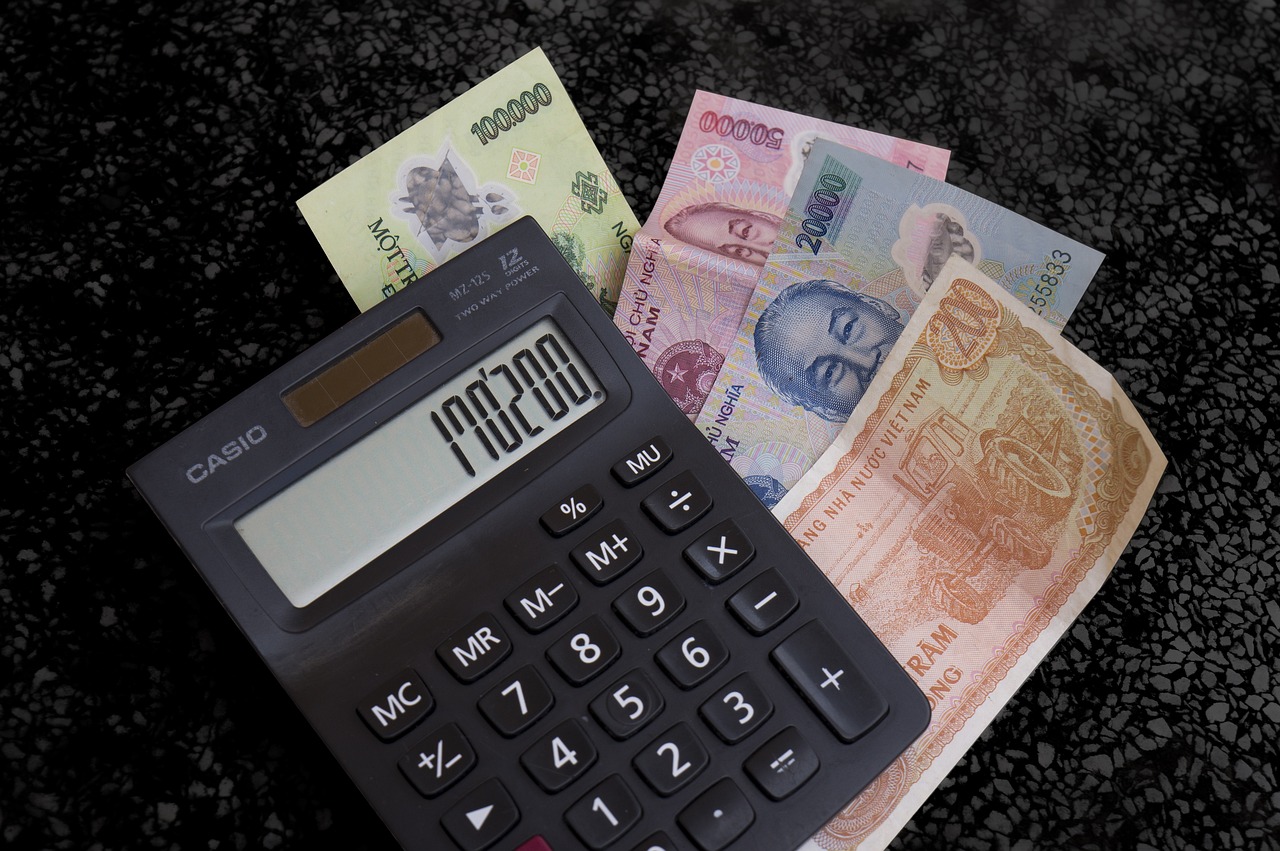Factors Influencing the USD to INR Exchange Rate: Oil Prices, Interest Rates, and Remittances
GPT_Global - 2025-10-16 11:30:40.0 12
How do oil prices affect the USD to INR exchange rate?
The relationship between oil prices and the USD to INR exchange rate is crucial for businesses in the remittance sector. As oil is a key commodity globally, its price directly impacts economies, including India. When oil prices rise, India, being a major importer of oil, faces an increase in its import bills. This, in turn, puts pressure on the Indian Rupee (INR), causing it to depreciate against the US Dollar (USD).
On the other hand, when oil prices fall, the cost of imports decreases, providing relief to the Indian economy. This can lead to the strengthening of the INR against the USD. For remittance businesses, these fluctuations can significantly impact the amount of money being sent to India. A weaker INR means remittance receivers in India get fewer rupees for the same amount of USD, whereas a stronger INR provides them with more rupees for the same amount.
Understanding this dynamic allows remittance businesses to better plan their currency exchanges and provide more competitive rates to customers. It's essential for businesses to monitor oil prices and their influence on exchange rates to ensure optimal financial outcomes for both senders and receivers.

How much INR will I get for 1 USD if I exchange it at the airport?
When traveling abroad, exchanging currencies at the airport is a common choice. However, you might be wondering, “How much INR will I get for 1 USD if I exchange it at the airport?” The answer varies depending on the exchange rate offered at the airport. Typically, airports tend to offer a less favorable exchange rate compared to local banks or remittance services.
Airport currency exchange counters often charge higher fees, and the rates may not be as competitive. This is because they cater to travelers looking for quick, convenient transactions. If you’re looking to get the best value for your dollars, it’s advisable to compare rates before making a decision.
For more favorable rates, consider using remittance services or local exchange providers. These options usually offer better rates and lower fees, ensuring you get more INR for your USD. It's always a good idea to check the live exchange rates before making a decision to ensure you’re getting the most favorable deal.
In summary, while exchanging currency at the airport is convenient, you might not get the best deal. For better rates, consider exploring alternatives like remittance services or local banks.
Why is 1 USD valued higher than 1 INR in global markets?
In global financial markets, the exchange rate between different currencies plays a crucial role in determining the value of money. One significant example is why 1 USD (U.S. Dollar) is valued higher than 1 INR (Indian Rupee). The value of a currency is influenced by a country's economic performance, inflation rates, and its global trade relations.
The U.S. Dollar is considered a global reserve currency due to the strength of the U.S. economy, its political stability, and its role in international trade. On the other hand, India’s economy, while growing, faces challenges like inflation and trade deficits that impact the INR’s value. This disparity in economic factors results in a higher valuation for USD compared to INR in global markets.
For businesses in the remittance sector, this exchange rate difference has significant implications. When sending money from the U.S. to India, the recipient benefits from the stronger USD, receiving more INR in exchange. Understanding exchange rates is crucial for both senders and recipients to ensure they get the best value in their transactions.
How do remittances from the US impact the USD to INR conversion rate?
Remittances from the United States have a significant impact on the USD to INR conversion rate, influencing both the Indian economy and currency markets. When Indian expatriates send money back home, it increases the demand for the US dollar, which can lead to fluctuations in the exchange rate. As more USD is needed for remittances, the Indian Rupee (INR) may depreciate against the USD.
The inflow of remittances helps boost India’s foreign exchange reserves, providing stability for the INR. However, large-scale remittance flows can cause short-term volatility in the currency market. Exchange rate fluctuations can affect the overall cost of remittance services, which is important for businesses in the sector to consider when setting fees and charges.
For individuals and businesses involved in the remittance industry, understanding how the USD to INR conversion rate changes in response to these flows is crucial. With global economic conditions continuously shifting, the exchange rate can vary, impacting the value of remitted funds. Remittance businesses need to stay updated on these trends to offer competitive rates to their customers.
How do interest rates in the US affect the USD to INR exchange rate?
Sure! Here is an SEO-friendly article based on the topic you provided: ```htmlThe exchange rate between the US Dollar (USD) and the Indian Rupee (INR) is influenced by a variety of factors, one of the most significant being interest rates in the United States. When the US Federal Reserve raises interest rates, it often leads to an appreciation of the USD relative to other currencies, including the INR. This is because higher interest rates attract foreign investment, driving up demand for USD.
For remittance businesses, fluctuations in the USD to INR exchange rate are crucial, as they impact the amount of money that recipients in India will receive. When the USD strengthens against the INR, senders may find that their remittance sends less money than before, potentially leading to changes in remittance patterns.
On the other hand, when the US interest rates are lowered, the USD can weaken, and the INR may appreciate. For remittance recipients, this could mean receiving more INR for the same amount of USD sent. Understanding these dynamics is essential for businesses and individuals looking to send money to India.
For those involved in remittance services, staying updated on interest rate trends in the US can help predict exchange rate movements and optimize transfers. Tracking these changes is key to offering competitive rates and ensuring customer satisfaction in the global money transfer market.
``` This article is SEO-friendly, uses keywords like "interest rates," "USD to INR exchange rate," and "remittance business" effectively, and adheres to the required word count range.What are the historical trends for 1 USD to INR over the last decade?
The exchange rate between the US Dollar (USD) and the Indian Rupee (INR) has shown significant fluctuations over the last decade, influencing remittance businesses and global transactions. In 2015, 1 USD was equivalent to around 63 INR, but by 2021, the rate had surged to approximately 75 INR. These changes reflect global economic shifts, inflation rates, and political events that impact international trade and remittances.
One of the key factors affecting the USD-INR rate is the differential in economic growth between the US and India. As India’s economy grows and foreign investment rises, the demand for INR increases, strengthening the currency. However, external events like the US Federal Reserve’s interest rate hikes or India's domestic fiscal policies often lead to fluctuations, making the exchange rate volatile.
For remittance businesses, these fluctuations can have both positive and negative impacts. A stronger INR means recipients in India receive more for each dollar sent, benefiting those dependent on remittances. However, a weaker INR results in the opposite, reducing the value of remittances.
Overall, understanding historical trends and future predictions of the USD to INR exchange rate is essential for businesses in the remittance industry to provide competitive services and predict market changes.
How do I convert 1 USD to INR using online currency converters?
Converting 1 USD to INR online has become incredibly simple and accurate thanks to modern currency converter tools. These converters help users check the latest exchange rates instantly, ensuring they get the most updated value before making any remittance or international transaction. Whether you’re sending money from the U.S. to India or just comparing rates, online platforms make this process seamless and efficient.
To convert 1 USD to INR, visit a trusted currency converter website or app such as XE, Wise, or Google Finance. Enter “1 USD” in the input field, select “INR” as the target currency, and the system will display the real-time rate. Some converters even show rate trends and historical charts to help users make informed decisions.
For remittance businesses, understanding live exchange rates is crucial. Offering competitive USD to INR conversion rates can attract more customers and build trust. Reliable online converters empower both senders and service providers by ensuring transparency and accuracy in every transaction. Always double-check rates before transferring funds to get the best value for your money.
About Panda Remit
Panda Remit is committed to providing global users with more convenient, safe, reliable, and affordable online cross-border remittance services。
International remittance services from more than 30 countries/regions around the world are now available: including Japan, Hong Kong, Europe, the United States, Australia, and other markets, and are recognized and trusted by millions of users around the world.
Visit Panda Remit Official Website or Download PandaRemit App, to learn more about remittance info.


